0 Comments
 Former Archway member artist Joel Anderson was recently interviewed for an episode of The Houston Hour on local radio station KPFT. He discusses a number of topics including how he began creating artwork and his unique encaustic process, his time at Archway, and his success selling his work at national-level art festivals. Click here to listen. The Houston Hour is an hour-long radio show all about Houston that airs every Friday at 6 pm on 90.1 KPFT Houston, a listener-sponsored Pacifica radio station. The producer is TV’s Houston Historian, Mister McKinney, and the Co-Hosts are Mister McKinney and Heidi Vaughan, owner of Heidi Vaughan Fine Art. Archway Gallery shows the work of three talented jewelry artists: Mary Rogers, Cindi Hendrickson, and Vanessa Parker. Recently Mary Rogers was featured in Canvas Rebel. Here is some of what she said of her work: "As a jeweler I have always focused on creating jewelry that is personal within a wearable format. Many jewelry artists strive to be cutting edge; I have consciously chosen to create jewelry that although very contemporary is classic and personal. Hopefully it will be comfortably worn thirty years from now, giving no visual clue as to when it was created. The challenge of creating unexpected but distinctive works lead me to explore unusual metal choices and techniques. I am primarily self-taught, so my studio practice has been varied." Read more here.
The non-profit organization Hot Poet publishes Equinox, a biannual, digital, multimedia journal that chronicles and showcases poetry, prose, and art. We are pleased to say that two works by Archway artist John Slaby appeared in the spring 2024 issue alongside works by Dom Zuccone and Jean Sutherland. It is well worth reading: click here to see the issue.
As an eco-artist, my sculptures are crafted using elements sourced directly from nature. Each piece incorporates materials ranging from tree trunks and leaves to stones, items often overlooked or passed by unnoticed. Drawing from my background in photography, I’ve honed the skill of stillness and keen observation, allowing me to appreciate the intricate details of the natural world. Immersed in nature, I find myself captivated by its beauty, and the fragments I gather serve as tangible reminders, evoking the emotions I experience in its presence.
You can find my distinctive creations showcased at Conroe Art League, Ardest Gallery, The Spring Cottage, and Archway Gallery, with plans to expand into additional galleries in the near future. Embracing my eco-friendly ethos, I’ve repurposed local wine barrels into wall sculptures, each bearing a unique style crafted through various techniques. The ingenuity of these pieces captured the attention of a winery in the Texas Hill Country, leading to the completion of a monumental 5×20-foot wall sculpture inspired by my Un-Coopering series. You can admire this impressive installation at Uplift Vineyards, where it beautifully complements their award-winning wines.
This is a portion of an article originally featured in the Jewish Herald Voice. Read more here. Larry Garmezy loves being one of the 34 artists at Archway Gallery for the camaraderie and level of excellence. But he really loves the Houston-based gallery’s commitment to charity. “One of the great things about the Archway Gallery is we believe in supporting community,” said the 69-year-old Bellaire photographer. “We have big hearts. Art can be lonely, but at Archway, we have a community. There’s a civilization out there, and we have to support it. It makes me very proud to be part of Archway.” Archway Gallery, 2305 Dunlavy St., is partnering with the Houston Food Bank for the 18th annual Empty Bowls Houston (emptybowlshouston.org), from 10 a.m. to 3 p.m., Saturday, May 11, at Houston Center for Contemporary Craft, 4848 Main St. In addition, Archway Gallery will raise money for Empty Bowls Houston at its studio through Tuesday, April 30. Empty Bowls is one of several charity events that Archway does each year. Archway opened in 1976, and Garmezy joined the gallery in 2011 – four years before he retired from a 32-year career as a geologist/global exploration advisor. Garmezy earned degrees in geology from both Amherst College (bachelor’s) and The Pennsylvania State University (master’s) before arriving in the Houston area in 1983 to work for Shell Oil. He has been interested in photography since childhood, when his father, the late renowned psychologist Norman Garmezy, allowed him to use his camera. Garmezy started with landscape photography but has come to embrace, and have a laser-like focus for, distortion photography. “I use my pool as my laboratory,” Garmezy said. “I have a photo of leaves floating in my pool. The surface tension totally distorts the shadows. The pool was built in 1970, and it has phenomenally intense shadows.” The Minneapolis native hosts art shows every other year. His next solo show will be in October.
This is a portion of an article originally featured in SHOUTOUT HTX. Read more here.
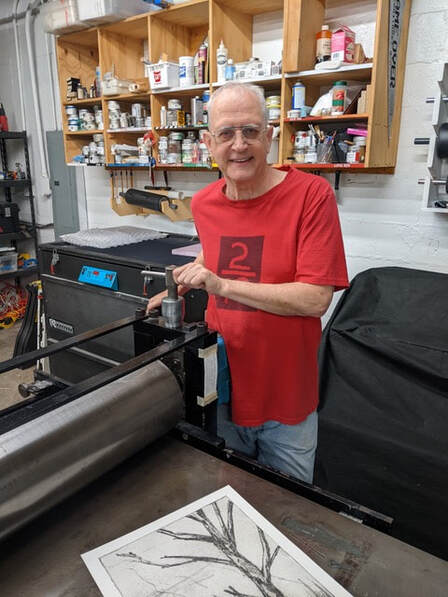 Artist Blaine Davis Artist Blaine Davis I always wanted to be an artist, but I’d heard about the “starving in a freezing garret” thing. While I wasn’t sure what a garret was, I understood the other bits, so I thought I’d better get another career first. Around 1979, when I had a job and was settled in, I started taking classes at the Glassell School here in Houston. Eventually I found my way to the print shop and began a wonderful journey. One of my recurring themes over the years has been hobo symbols. When I was quite young, we lived in Idaho. My father was a minister and we lived near the railroad tracks. People came to our door often asking for food. One day my father came home to find a man sitting in the living room eating a sandwich. My mother was a very kind woman but might not have always thought things through. It was a gentler time though and we’d moved to Idaho from an island off the coast of Maine where there had been no such knocks on the door. I remember my father saying, “You need to be careful. They’ll mark the house.” I didn’t know what he was talking about, but many years later I found a book that had hobo symbols in it. They were marks that would be left for the next people coming through, telling them where it was safe, who would give you some work or some food, and so on. They were nice graphic symbols, and I happily incorporated them into my artwork. Though I am primarily a printmaker, weaving is another of my art forms. While I do make things like kitchen towels and scarves, I also weave tapestry. It’s a slow process but one I enjoy. I hope to be able to do both types of art for many more years.
Looking back at herself and her practice, Denise tells us how she began her artistic journey in a completely different environment in this interview: -Question: What was your art path? I’ve always had a passion for art since I was as young as 6 years old. I played around with oil paints, won a few awards in school, but had no technical training. I was accepted into the High School of Art and Design in New York City, but only lasted three months. I entered the corporate world, and never looked back… until recently. With that said, I believe that my creativity carried me through my career, in many forms. -Question: Why the move from New York City to Houston? I worked on Wall Street in New York until 1999, when I came to Houston to work in the energy industry. It wasn’t until 2018 that I started doing my artwork, and entered the Houston art scene. -Question: What is the background of the "smoke and soot technique” ? I came across something on Instagram and just started playing around, first with candles, then with kerosene. The ethereal feeling makes it special to me. You can’t control the smoke……and it just feels right. Denise’s dramatic style captures the imagination, whether it be with bursts of bright colors or stark black and white. See more of her work here.
Joe Haden, metal sculptor, refines and redefines with a delicate touch. 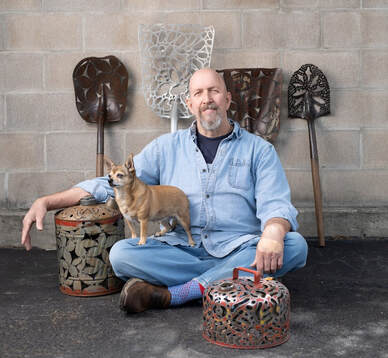 by Annette Palmer, photography by Chris Spicks (this article was originally featured in The Woodlands City Lifestyle Magazine) When you meet Joe Haden, you meet a man whose work and artistry are his life, working with the toughest of materials and dangerous tools, fire, metal and sheer grit. He is a tall gent with a beard, clad in his signature uniform of denim overalls and accompanied by his constant companion, Mrs. Jones. If you have ever visited The Houston Art Car Museum or enjoyed The Orange Show annual Art Car Parade, then you will undoubtedly have viewed some of Haden’s fantastical creations. A pioneer of The Art Car Parade, now in its 36th year, he continues to invent creative, humorous designs with incredible artistry. He’s won “Best in Show” 5 times! This is quite a departure from Haden’s initial engineering career; originally employed in the aerospace industry, he designed components for the stealth bomber and then later worked for Bell Helicopter. Embracing his love of design, he began constructing homes. “I saw the homes as individual sculptures” he states, “it awoke my design aesthetic, I would personally design and build the homes”. He would add character by introducing a subtle artistic detail to every project. The struggle between engineering and art is somewhat contradictory, the rigid rules and precision of engineering versus the playfulness, creativity and experimentation of the artistic journey. Eventually focusing full time on his art practice, Haden expresses “It’s always play, if it’s not play, it’s work” 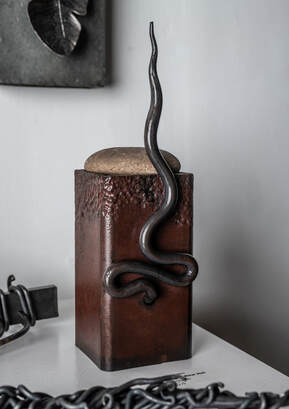 Tools of choice include a plasma cutter, oxygen acetylene torch, and blacksmithing equipment including an anvil, propane, and coal forge. With these heavy-duty means, he can create filigree designs on the most unforgiving, hard materials. Pretty florals and fragile feathers emerge, as intricate shapes are cut and formed from discarded farm equipment, oil cans, shovels, rakes and other metal utilitarian basics. Once again, we see a contradiction in his work, the softness and femininity of the patterns and designs of the lightweight subjects, borne from the hardest, heaviest and strongest elements, The “Paradox of Containment” vessels, include obsolete milk churns and oil cans, with lace like patterns cut into the body of the containers, creating holes in something designed to hold and preserve liquids, transforming these abandoned functional items into fine art pieces with a narrative. The shadows created when light shines through the multiple elegant cutouts are as beautiful as the physical item, with a play on shadows cast, and positive and negative spaces, another paradox. Haden is inspired by the avant-garde dada art movement of the 1920’s, which explored absurdity and artistic freedom as a reaction to a global situation. As well as an acknowledgment of the upcycling movement and the fulfillment of creating something new from something old. Haden elaborates “The practice of using found objects poses its own set of problems, working around existing design features adds a whole new challenge, and it’s important to work the problem into the beauty of the piece, which ultimately adds to the end result.” This heavy machinery and force with an almost industrial feel may lead us to think that Haden is a man as tough as steel, but we would be mistaken. Constant companion, Mrs. Jones, his 9lb rescued chihuahua rarely leaves his side and Haden tends to her every need with love and tenderness. He is a master of the Japanese art of reiki, a positive technique that focuses on energy vibrations. His mother, who was an expert in the reiki field, taught him this meditative process that rests the brain and calms our thoughts. He enjoys meditation and other aspects of self-care, believing that ultimately, respect for yourself and others is what makes the world go round. “It’s all about the balance of life, like the balance between engineering and art”, he says. Those that enjoy astrology would also find it interesting to find that Haden is a Libra, the horoscope sign represented by the scales, it’s about finding the equilibrium and seeing the lighter side of the heavier things, just like his art. Haden works from his family ranch in Crockett, Texas, the same ranch that has been in his family since the early 1800’s is a place of peace and inspiration, a tranquil sanctuary. His mother was born here and when she became unwell 15 years ago, Haden went home. The ranch years were a time of immersion, isolation and routine, when he cared for his mother, worked on the ranch, and made art. Literally returning to his roots, he could sense the earth beneath him and experience a connection to the spiritual energy of his ancestors and history, the connection with nature, the constellations, and the universe.
The Houston Art Car Museum, 140 Heights Blvd, Houston, will present “Joe Haden”, a solo exhibition, new sculptures will showcase alongside his inaugural photography collection. The opening reception for this event is between 6 – 9pm, on Saturday, June 17th, the show runs until the end of September. Archway Gallery debuts Annette Palmer's pandemic painting collection "North Sea Gulf Coast"by Nickole Bobley, photography by Chris Spicks (this article was originally featured in The Woodlands City Lifestyle Magazine) 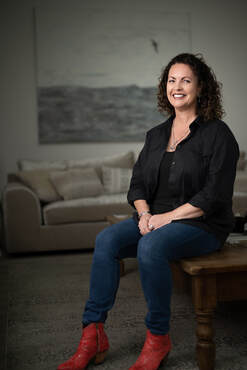 How do we even begin to process our own displacement during the global pandemic? One way is to examine art produced by artists during that pivotal time. Created during the crucible of the coronavirus, celebrated artist Annette Palmer will give an artist’s talk at the opening reception of her new exhibition North Sea Gulf Coast at 6:30pm on Saturday, June 3rd at Houston’s Archway Gallery. Like many during the height of Covid-19, Palmer, who is Scottish-born but now resides in The Woodlands area, suddenly found herself separated by a lockdown and an ocean from friends and family (some ailing and elderly). In this new collection of painted works, Palmer explores themes of yearning, distance, and connectivity. While Covid stress-tested reality in ways we had never experienced before, this artist contemplates her feeling of finally being at home in 2 places nearly 5000 miles apart—the common water between her two coastal ports serving as both a connection point and a physical divider. In her semi-abstract land and seascapes, we glimpse her predilection for the beach towns of Gardenstown in Scotland and Galveston in the United States and ardency for the tempestuous sea that fills the enormous space between them. 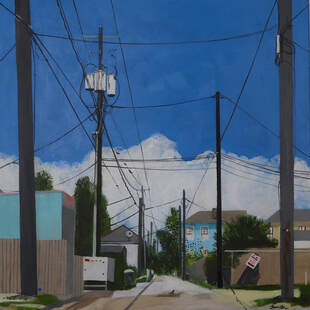 “I paint vast open spaces, and am drawn to the energy of the sea,” Palmer explains. “It is the vinculum between land masses separated by thousands of miles. The ebb and flow of the tide is a rhythm which resets the beat of the heart, the body clock. Its vastness puts everything in perspective. We are small in the universe, yet connected and integral to something much bigger.” In many of her North Sea Gulf Coast paintings, Palmer incorporates twine and feathers from the respective coastal locations. In others, she adds gilding elements which emit a quiet but profound cheer. With the sea at her center, look for the ethereal otherworldly surprises she gifts us in her water thematic pieces and notice the point of view of these paintings as if one is in the water looking for the horizon line. When viewing the romantic celestial Dog Star, with its rich earth tones and metal flourishes, I was struck by my own global virus memory of everyone stuck in their own silos while finally having the time to go outside, gaze upward and marvel at the stars which are universal. “Distance isn’t just physical,” says Palmer. “It’s life and death, it can be lost in time, it can be spiritual.” 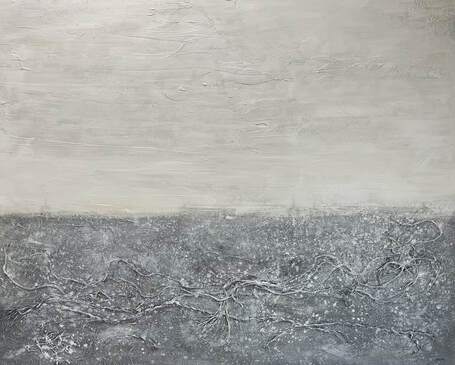 Growing up in a creative environment in Falkirk, most of Palmer’s teenage years were spent in the high school art department where she designed and constructed clothing, produced fashion shows and immersed herself in the Edinburgh and Glasgow music scenes. Palmer received her Bachelor of Arts with Honors from Edinburgh College of Art/Heriot Watt University. Upon graduation, she worked as a fashion designer and eventually started her own label in Singapore. Since 2006, Palmer has focused on drawing and painting. In addition to a lengthy international exhibiting history which includes solo shows at Houston’s Jung Center and The Woodlands’ Glade Gallery, she has also showcased her work in Dallas and in Santa Fe art expositions. Her curation work includes art galleries and exhibition spaces including H&H&8 and The St. Luke’s Hospital. Later, she served as the juror for the Sawyer Yards “Dreamscapes” exhibition and most recently for The Conroe Art League’s International Exhibition. North Sea Gulf Coast by Annette Palmer at Archway Gallery is not to be missed! It runs through July 5th. 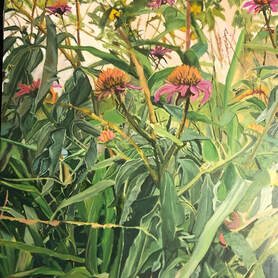 An Interview with Archway Artist Joan Laughlin Where are you from and how does that influence your work? I was born in the Midwest but have mostly lived in Houston since I was 2 years old. Though Houston is a very new, urban environment filled with lots of concrete and tall, modern buildings, I am attracted to the wild beauty of the natural world that still grows in and around the city, in the cracks and in-between spaces. Although it was not intentional, this interest could probably be seen metaphorically. My mother grew up in the country in a tiny farming community, but due to the circumstances of her time, she ended up, not in the country as a farmer’s wife, but in the modern city of Houston married to an oil executive. Despite the influence of modern life, we can’t be completely domesticated or modernized. There is something feral or wild that still exists. Describe your work. I am an oil painter. I taught myself how to paint after I moved back to Houston from Los Angeles in 2002 after attending an MFA program in New Genres where the concentration was mostly on Conceptual Art and Critical Theory. Today, I mostly paint small-ish paintings of flowers, plants and trees, sometimes roots. They range in size from 8x10 inches to 18 x 24 inches. I use photos taken from my walks as source material. How do you work? I mostly work from photos that I take. Sometimes, I will try to work from life. But that can be difficult. I have a full-time job in a field completely unrelated to art, so I have to paint around my work schedule and working from photos is more convenient. How has your work changed over time? For about 10 years (from 2010-2020), I mostly painted monochromatic landscapes in a color similar to Van Dyke brown. Many people commented that these paintings looked like black and white photos. I showed and sold many of those works, but I got tired of making them, they took forever to do, as they were very detailed. I was still teaching Drawing at this time and every semester when we got to the lessons on Color Theory, I would realize how much I really loved color. I’m drawn to artists who are great colorists. The David Hockney show at the MFAH comes to mind. And, I love the work of local artists Michael Golden and Cary Reeder mostly because they are such great colorists. When I was making that monochromatic work, I was thinking a lot about death and dying. My Dad had Alzheimer’s then and I spent much of my time caring for him. Those days, I would go to the art store and look through the beautiful colors made by Williamsburg Oils and sometimes would just buy a tube of a gorgeous color like Egyptian Violet, knowing I wasn’t going to use it, but it was so beautiful I had to have it. These tubes of gorgeous colors were like precious gemstones to me then. I knew that one day I’d work with color again. And, now I am! Where do you find inspiration? I find inspiration on my walks through the Heights where I have lived for 18 plus years. I love looking at the gardens. I also find inspiration in the the wild brush and flowers that I see on the side of the road while driving. What motivates you to create? I believe in Beauty, with a capital “B.” During the most difficult times in my life, I have turned to art and nature for solace, hope and direction. I believe that Beauty can save the world. And, that we can find it in our simple everyday environments that we often overlook during our busy, stressful lives. What are you most proud of to date? Artwise, my one-person show at Galveston Arts Center in 2017 curated by the wonderful Dennis Nance.
Do you have a network of other artists, and how do they support you? Well, I’m a member of Archway Gallery which fosters a spirit of support for all of its members. Every month during the monthly gallery rehang, I feel inspired to keep making newer and better work after seeing the new work that the other gallery members have made. Aside from that, my parents always supported and encouraged my art education and activities. I’m the only one in the family to be involved in the arts. It seems that this interest was important for my parents, too. My mom always tells me how much she learns about Art History by visiting the museums with with me. I have visited countless museums with my parents. It’s one of my favorite things to do. They created their own personal docent by funding my art education! For the past 3 years, I have worked in a field completely unrelated to art, and, in a weird way, this has made my practice more important to me. The little extra time and energy that I have is devoted to my art practice. I really need it, don’t know what I’d do without it.
An Art Collection as a Personal Legacy
I buy art that knocks me over or touches my heart. It can be ceramic, steel, paint, or collage. I find personal meaning in works by others that send me on an internal journey of understanding and connection. My children and grandchildren will have first dibs on a wonderful collection if they survive me, and I hope I have raised them to collect with the same fire and passion. I wonder who will end up with the dead sheep. 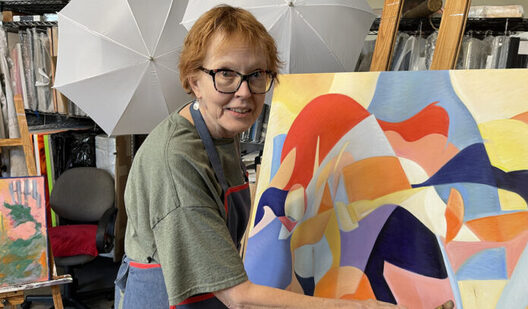 Archway artist donna e perkins creates an orginal work of art. Archway artist donna e perkins creates an orginal work of art. by donna e perkins (this article was originally featured in 365 Things To Do In Houston) Why Surround Yourself with Local Art? Let me tell you why I love living with my collection of original art. Before I get up in the morning, I enjoy seeing the morning sun, as it rises, play across three artworks on my bedroom wall. One is a cast of a torso covered in strips of musical notes, one is an oil painting of a woman bound by a string of Christmas lights, and one is an explosive abstract with lots of energy and texture. In another area of my living space, the large electrical box located near my front door is covered by a joyful young nude with a tattoo proclaiming, “Happiness is Free.” This image always lifts my mood. All these works have their own emotive energy. All carry memories. I live in a work/live studio which has fewer walls than a house, but my celling is extremely high. So, in the area I’ve designated as my sitting room, I’ve hung works salon-style, fitting paintings, drawings, prints, and photos together like puzzle pieces far higher than I can reach. My furniture supports the sculptures in my collection. It’s a Pleasure to Live with Original Art Every painting, drawing, print, photograph, and sculpture that embellishes my environment brings me pleasure. Each one has emotional content. Each one has a story; a story about when and where I first saw the piece, and what attracted me to it. I enjoy remembering what I know about the artist, and the artist’s story. I’m fascinated with how everything is made. I have all sorts of questions about how the artist created the piece, so it’s a bonus to meet the artist and learn more about the specific artwork.
The Pursuit of Specific Works, or the Work by a Particular Artist, May Suit You Some people invest in art for a future financial profit. For this to be successful, it takes more money than I have. It takes a lot of knowledge about the art market. It often takes working with an art consultant who keeps up with what is currently available or coming up for auction. If you can play that game, good for you. To me it sounds like as much fun as actually reading all those reports my mutual funds send.
How Do You Want to Invest Your Time, Your Energy & Your Money? What makes sense for you? Did the pandemic change how you feel about your home? Were the walls closing in on you? A seascape might remind you of being at the beach. A landscape may enlarge the feel of a room, acting like an added window. Perhaps, you would prefer some totally abstract artwork that adds color and motion and energy to your space. What emotive experience do you desire? What objects do you want to see as you let your mind and eyes wander? You may find, as I have, that by adding original art to your environment, you enrich your life.  Archway artist Harold Joiner with his work "Bonito by Air" Archway artist Harold Joiner with his work "Bonito by Air" by Harold Joiner (this article was originally featured in 365 Things To Do In Houston) Looking for a unique holiday gift for that person on your list who might not appreciate a new pair of socks or a new kitchen gadget? Among all the gift ideas you’ll read about this holiday season, here is one that’s an absolute stand-out: gift them a starter piece for an art collection. Everyone appreciates art of some kind, so don’t give any thought to the idea that this is not practical or that it’s risky. Embrace the idea that it’s a unique gift that no one else will give! How to Choose an Art Gift for a Loved One
Having made the decision to gift an art collection starter, here are a few points that will make the shopping easier. First, draw on what you know about your gift recipient’s interests and passions. Do they like fashion, interior design, or cooking? Do they like the outdoors, carpentry, or photography? For the first, the best art gift might be a drawing of the human figure, an abstract painting, or a beautiful piece of pottery. For the second, it may be an animal sculpture, a landscape painting, or a work made from wood. Now, consider what you know about your love one’s home, and how your purchase will fit into it. Maybe you have an idea where it will look best or the space you’re looking to fill. Consider how much you are willing to spend and let this guide you to the places to start your search. Set a price range, but be flexible so you can find the perfect collection starter. Lastly, think about your recipient’s ability—financial or otherwise—to continue collecting this kind of work. As you present your gift, make the point that it is intended as a starter; something to build upon. You may even include a short personal note to this effect and indicate your desire to know about future additions to the collection. Where to Find & Buy an Art Gift You might ask yourself, “There are so many galleries and other venues selling art, where do I start?” It’s a reasonable question, so survey the local galleries online first to see which ones sell the kind of works you’re seeking. Art-collecting.com is a good place to browse art gallery websites. Most art galleries do not list artwork prices online, but you can usually inquire about the price via the website. Beyond that, look for venues that do have published price—including our own Archway Gallery. Art gallery websites that sell directly make it easier for you to see how the available works fit within your price range and to make the purchase the very moment you spot the right piece. That said, it’s also a good idea to see the artwork in person before purchasing. That allows you to see it in its frame, for example, or to view all angles if it’s a three-dimensional piece like a sculpture. Giving Authentically Keeping in mind that this is an original work of art, you should insist on a Certificate of Authenticity with your purchase. Indicate to the gallery that it will be a gift, so that the price will not appear on the Certificate. Presenting the Certificate with your gift underlines its unique nature and the depth of your feelings for its recipient. by Barbara Able (this article was originally featured in 365 Things To Do In Houston) Passion… Not the first word that comes to mind when considering collecting art. Most serious collectors surveyed said they did it for the love of the genre and not financial reasons. Most started collecting early in life. “It is said that collecting is a disease; I think I had it from childhood,” said Ima Hogg in 1973. “In Austin, the streets were not paved and were covered with beautiful pebbles. When wet, they sparkled like jewels… pebbles and flowers formed my first collection.” Dive In & Get Started Obviously, the best way to learn any business is to get into that business. You may not want to jump in by opening a gallery, but you have a myriad of choices in Houston, the third-largest art market in the U.S. Do your homework. Talk to everyone and find out everything you can. Go to galleries and get on their mailing lists. Attend artists’ talks at galleries and museums. The Museum of Fine Arts, Houston has a vibrant docent group, so sign up for a tour.
Take Your Time & Have Fun
Finally, take your time building the collection. A good goal would be to have a certain number of pieces in five years. Then, after five years, you may want to change your direction or increase the amount you are willing to spend. Enjoy the process! Regular contact with artists, art dealers, and fellow collectors often lead to friendships with people of different personalities and backgrounds. Most collectors still own the first work of art they bought and can recall the circumstances of that purchase—such is the emotion associated with collecting. So, congratulations are in order. You are taking the first step on a lifelong journey that will enrich your home and your life. Follow a few basic guidelines, and you will be on your way to creating your collection.
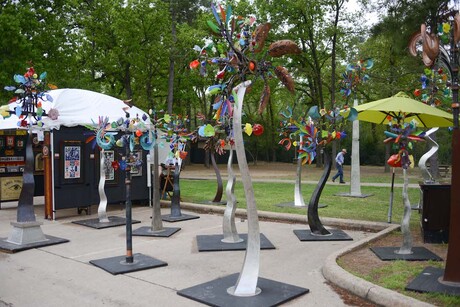 Bayou City Art Festival Bayou City Art Festival Art Markets, Shows & More Events Around Houston In addition to art galleries, Houston provides lots of events for art lovers to buy local art. For example, there are great outdoor festivals like the twice-a-year Bayou City Art Festival which showcases a wide variety of artists displaying their work. Also, once a month or so, there are various studio complexes all over the greater-Houston area which host Open Studio events; artists open their doors and welcome the public into their individual studios. These events are great because you not only meet the artists, but you learn about their art and what inspires their creativity. You can buy directly from the artist, which is special. There’s nothing like forming a bond with the artist whose work adorns your walls! White Linen Night in the Heights is another art event which is fun; this street festival takes place in August each year. At this event everyone wears white and comes to see all sorts of things including artists showing their work, live music, and street performers. In addition to the art festivals and special events, there are various exhibitions sponsored by local Houston art associations such as Visual Arts Alliance, which hold juried shows once or twice a year. The art in these exhibitions is high quality and usually for sale. Sometimes you may even see artwork displayed in cafes and bars; these works of art are also reasonably priced. One more place to find affordable art is the Glassell School of Art’s student show which takes place in December. Student participation is approved by professors to ensure quality and the variety of work is astounding. The variety of work is plentiful —something for everybody’s taste. While there are a multitude of options to find that special piece of artwork, you don’t have to wait for a specific event to see and experience good quality art at reasonable prices; consider visiting Archway Gallery. The gallery is open six days a week, as well as by appointment; so, call today or go online to immerse yourself in the painting, photography, prints, ceramics, fiber, found objects, glass, metal work, and more you will find awaiting you. In addition, you will meet one of the artists each time you visit… who knows, perhaps, I’ll see you there! 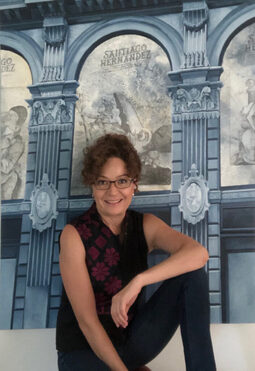 Visual Artist Cecilia Villanueva Visual Artist Cecilia Villanueva by Cecilia Villanueva (this article was originally featured in 365 Things To Do In Houston) Greetings art enthusiasts! If you are planning to buy art to decorate your home and you are not sure if it should match the couch… here are a few tips to guide you. We do not experience art only through color. We experience art mostly because of its content, even if the painting or sculpture is abstract. So, it is mostly about choosing what emotions, memories, or thoughts the art evokes in us due to its colors, shapes, theme, or rhythm. Art inhabits a house with great force, and it is the second most interesting thing in a home… humans being the first. Pick your art thinking of yourself rather than the furniture (and pick your humans well also). It is easy and fun to include art in every room if we understand basic design fundamentals. Once you learn them, I am sure you will feel more confident and will soon become an ace in choosing art for yourself, your family, and friends. Three Components of Every Room Every room has essentially three components.
One Simple Rule of Thumb Simply put—pair verticals with verticals and horizontals with horizontals. Furniture does not have to pair with anything, whether it be the horizontals or verticals. Breathe deep; most of the time, art is a vertical. So, when buying art for a specific room, think how one piece of art will converse with another. Art does not have to match art, but a painting will certainly influence a sculpture nearby, or vice versa. Choose art pieces that can become friends and harmonize—like different instruments in a concert playing together to make a statement or to quietly flow with no sound. Troubleshooting Tips with Colors, Textures & Spaces It can sometimes get tricky if your doors or walls are colorful (red, purple, yellow, green, blue, and the like) rather than neutral. Remember that black, gray, brown, and white are neutrals; wood is a texture, but we will classify it as a neutral just for this case. Design for doors and walls can also be easy to tackle if you consider the following:
Trust Your Emotions Ultimately, what has worked best for me is to acquire art that resonates with me. My collection matches myself, my world, and my humanity; I try to use this same philosophy with my clients. Dear friends, I hope that with this simple advice you feel confident to plunge into the deep waters of the art world. Above all, I hope you enjoy collecting and surrounding yourself with artwork you love! But… if after reading this article you are still in doubt and want more advice, just call Archway Gallery at 713-522-2409 to find out when I will be there so that you can come chat with me about design questions you may have. No costs involved… but you can bring donuts, if you want. 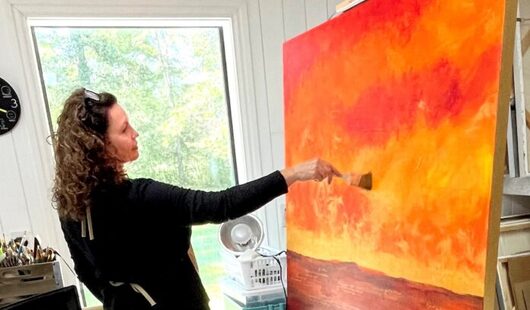 Archway member artist Annette Palmer Archway member artist Annette Palmer by Annette Palmer (this article was originally featured in 365 Things To Do In Houston) Whether it’s the robust brushstroke of oil on canvas or the gleaming glaze of a ceramic masterpiece, these artistic nuances captivate and mesmerize us, drawing us in to the essence of why we love art. It comes in countless forms, from the ancient, organic, and traditional, to the ever increasing experimental and intangible sorts that we are experiencing today; everything is relevant, and everything is art. Art is lifestyle… How, what, and where we eat, our clothing and appearance, home décor, entertainment… It’s infinite, indulgent, and immersive, and what a privilege we allow ourselves to live in this manner! Understanding the Artform & How Art Can Form Our Lives The term “artform” is an interesting one. When it comes to the visual arts, “art” begins every time in a completely different form and the artist is the magician who transforms it into another. Tubes of paint and rolls of cloth become paintings. Clay, stone, wood, and metal transform into sculptural treasures. The charred wood of charcoal and pencil become drawings on paper. Discarded items become “found objects” and the artist repurposes and breathes new life into what would otherwise become landfill. Archway Gallery is home to 34 artists, each one working and creating with different forms of two-dimensional (2-D) and three-dimensional (3-D) art. Below you’ll find examples of how a few of Archway Gallery’s artists express themselves through various artforms. Sculpture: Building Art from Mass in 3-D Three-dimensional metal artists Jim Adams and Joe Haden create sculptures which respect our industrial heritage. While both artists give the metal a new purpose and life to be enjoyed in a new form, each artist approaches the upcycled artform from a different perspective. Adams uses the existing formations of heavy metal outmoded objects to create sculpture by configuring, coupling, and fusing found pieces. He reintroduces us to their shapes and forms, while making us view them as art instead of functional components of heavy industry.
Visual Art‘s Ever Evolving Landscape
The art world is ever changing and so are our tastes, as well as our choices in art and its many forms. Regular visits to galleries keep us inspired, questioning, and informed of what’s new. It’s exciting and it’s the future… Enjoy! 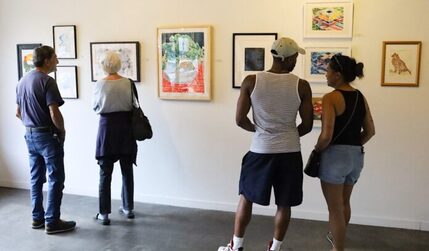 Art by local artists at Archway Gallery. Art by local artists at Archway Gallery. by John Slaby (this article was originally featured in 365 Things To Do In Houston) Many people find going to art galleries intimidating. There is a general feeling that one must be well-educated in art and have the ‘right’ opinions or be snubbed. This is understandable. But in truth, most galleries are welcoming spaces. They are not dissimilar to restaurants: you can find places where you may be berated for not using the right fork, but most are casual and inviting. I know this. I have been a member of the local art community and a collector for many years. When I first started out, I was intimidated and hesitant. But as I got to know the people of the community I began to feel more at ease. Getting to Know the Artists Down the Street If you are willing to venture out, you will find there’s art of great beauty and high craftsmanship created by your neighbors and available at local galleries, studios, and art fairs. These talented local artists are as diverse as our city. They range in all education levels. Some were educated at Houston’s fine art schools and may have advanced degrees. Some, like myself, are self-taught. All have been honing their skills through the years and following their own path of artistic development, growing, and influencing each other. Houston has a wide range of all art types, providing something for everyone. If you have not immersed yourself in this community, you’re missing out on some very fine art. Meeting these artists is a positive experience. Being fellow Houstonians, they are friendly and more than willing to share their motivations, techniques, and the history of their work. This really enhances the art experience—understanding the artists and their work makes the art more valuable. It attaches a story and a memory to the work, as well as deepens the emotional attachment. 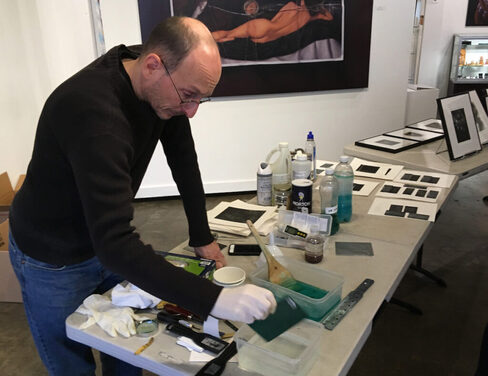 Archway Artist John Slaby. Archway Artist John Slaby. Local Art Brings Local Connection & Reflection Supporting local artists supports local businesses: you are helping our community. But local art transcends this purely transactional effect. Art is a deep reflection of who we are as a people and culture. These artists live and work in our community and are deeply influenced by it. The Houston experience shows up in the work itself: the good—like our modern architecture and beautiful parks—and the not so good—like our turbulent weather and traffic. Only a local artist can understand our home because it is their home, too. Only a local artist can truly speak for us. Local Art Creates a Legacy I have worked on my own art collection over the years, gathering works of my artist friends and colleagues. These pieces grace my home. I don’t expect them to increase in value; that’s not why I bought them. Instead, each time I look upon my collection I feel a surge of joy and satisfaction from having these beautiful works in my home, from my recollections of the artist, from my connection to the subject matter, and from knowing I have supported a core element of our city. That’s the best return on investment I could ask for. But one of the most significant aspects of supporting local art is that this will become our legacy. The work that is produced here and makes its way into private and public collections will live on long after we and these artists have passed. This is how we will be remembered, just as we, looking at work produced centuries ago, can see into the lives of those distant generations. These simple actions, made by individuals, resulted in an enormous artistic gift to the future for all to enjoy. Now we have such an opportunity. The art is out there waiting for you. |
About Us
Visit the longest running artist-owned and operated gallery in Texas. Supporting Houston's visual and performing arts since 1976. Archives
July 2024
Categories |
Hours | Phone
Tue-Sat 10-6, Sun 1-5
713.522.2409 |
Location
2305 Dunlavy
Houston, TX 77006 |
|











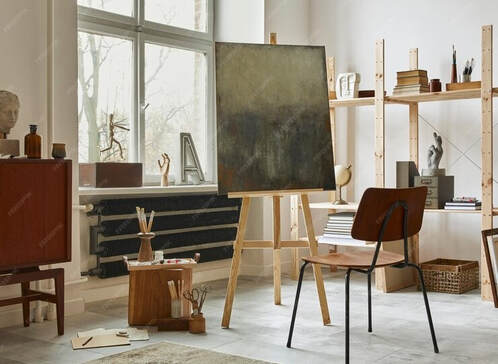

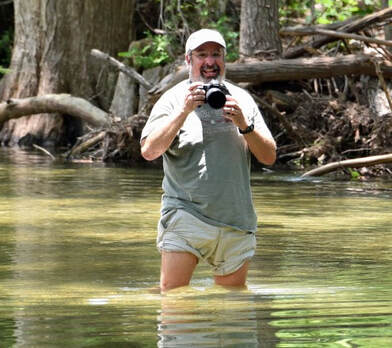
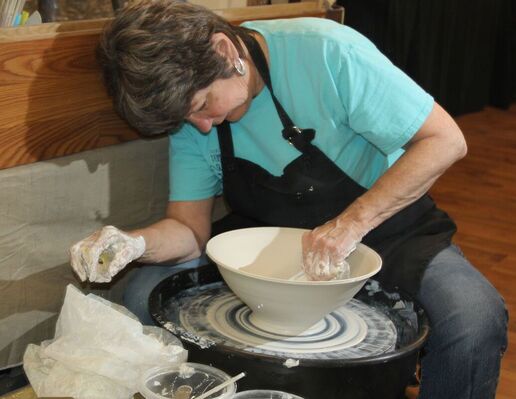
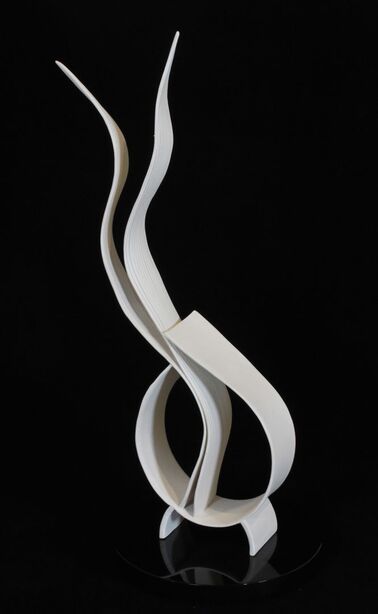
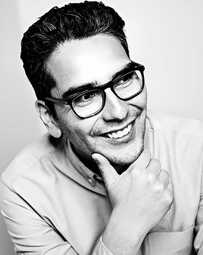
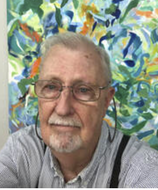
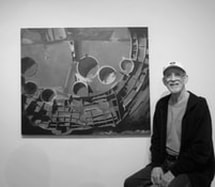
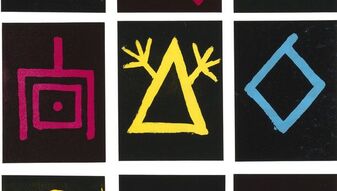
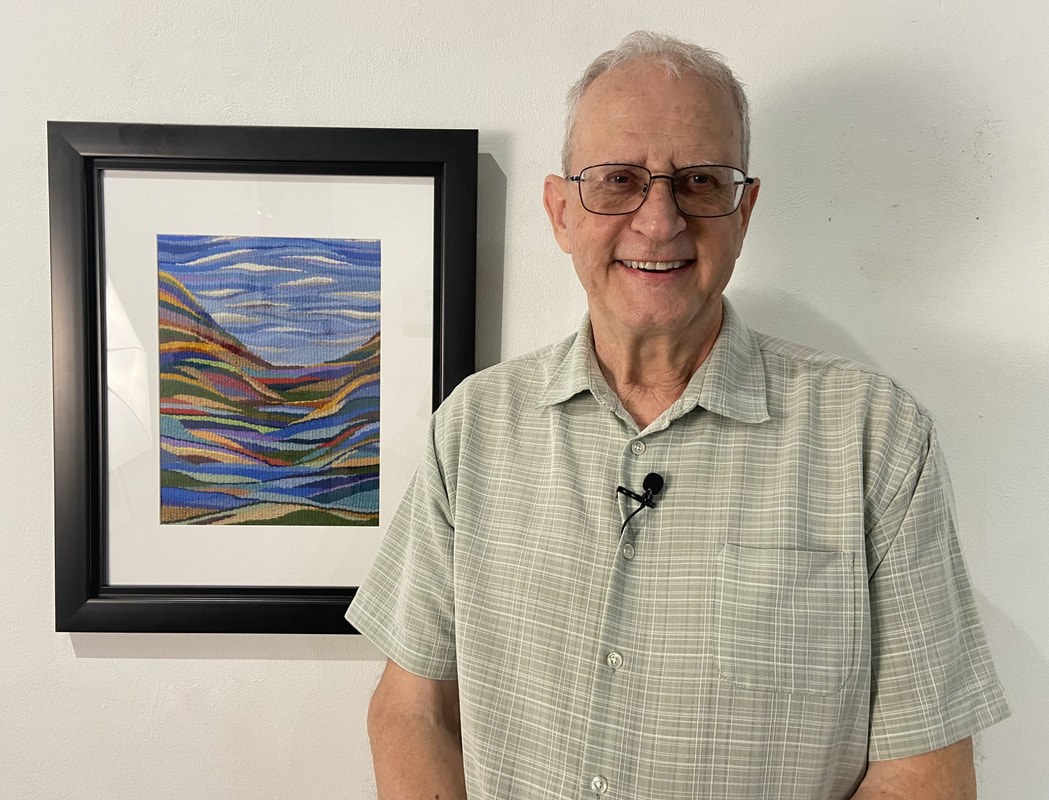
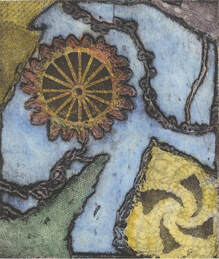
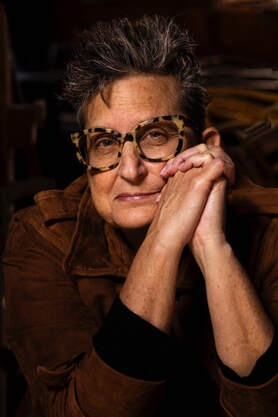

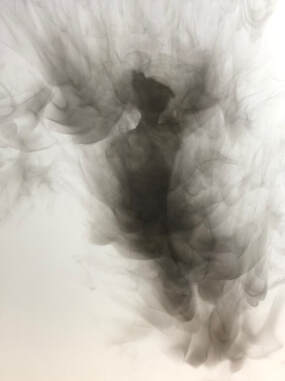
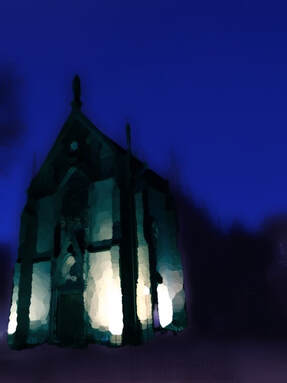
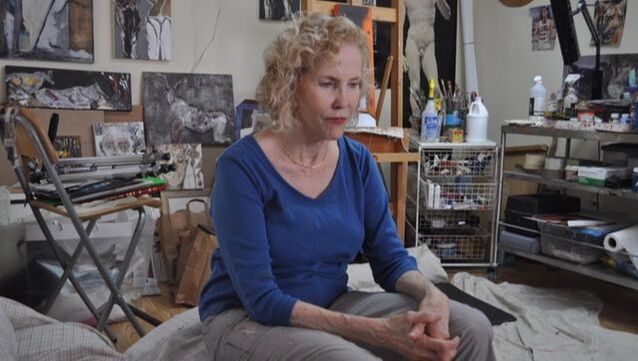

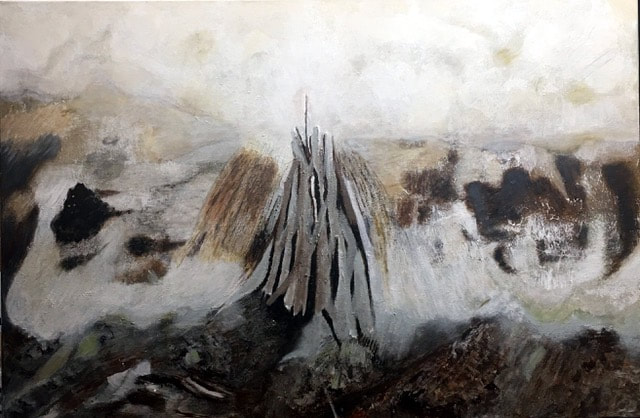
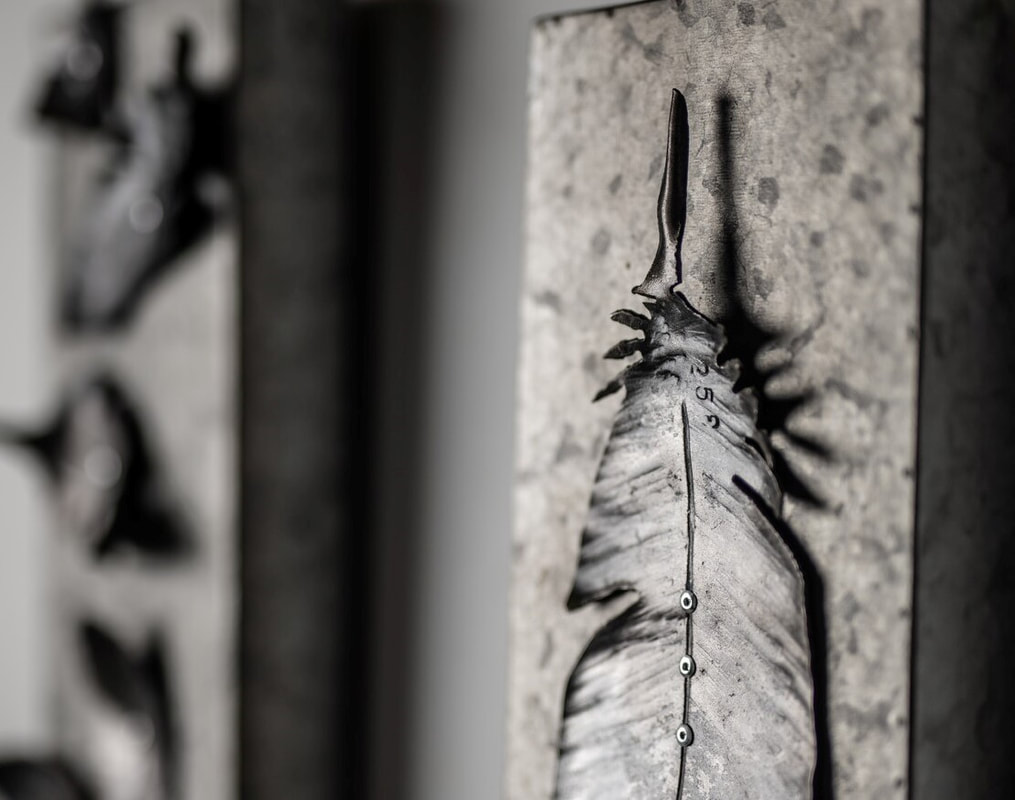
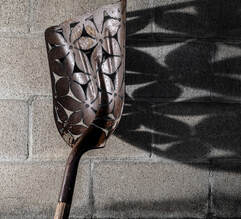
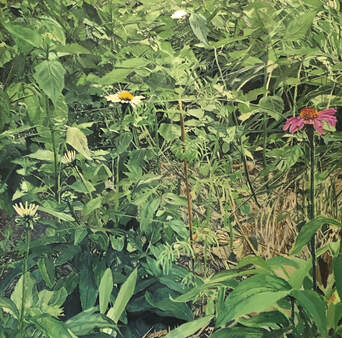
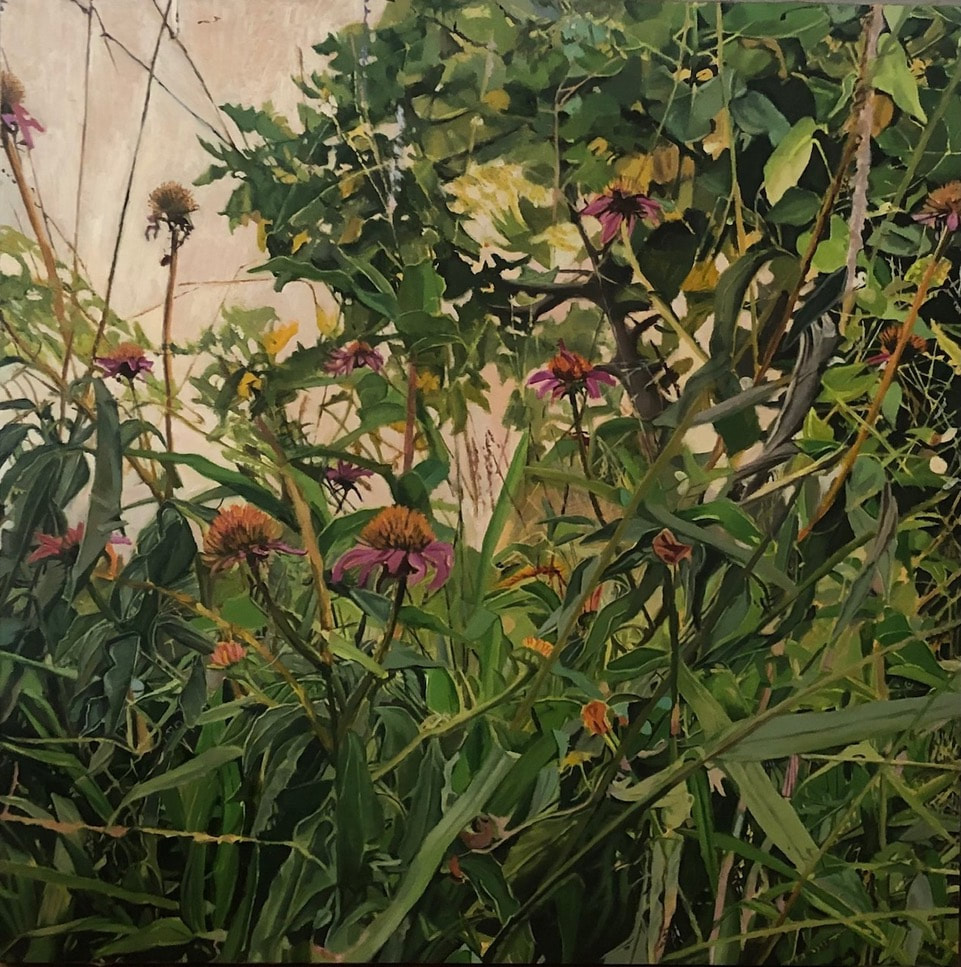
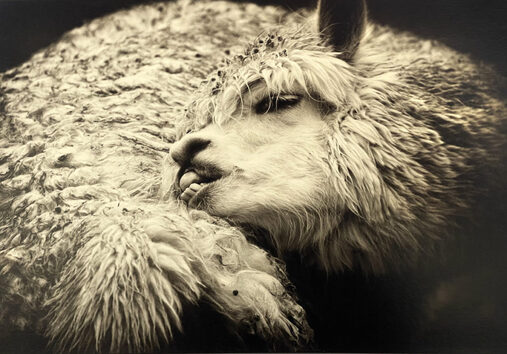
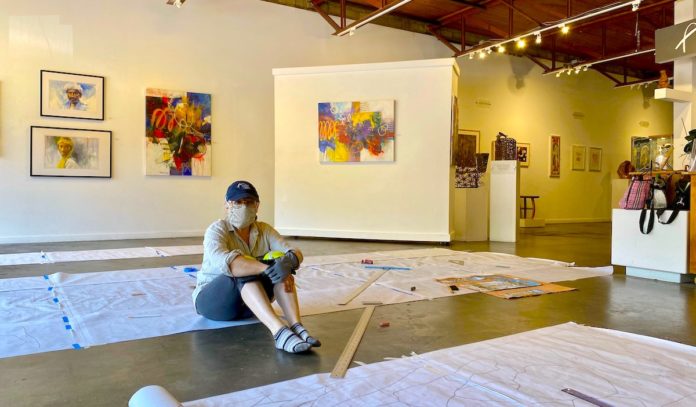
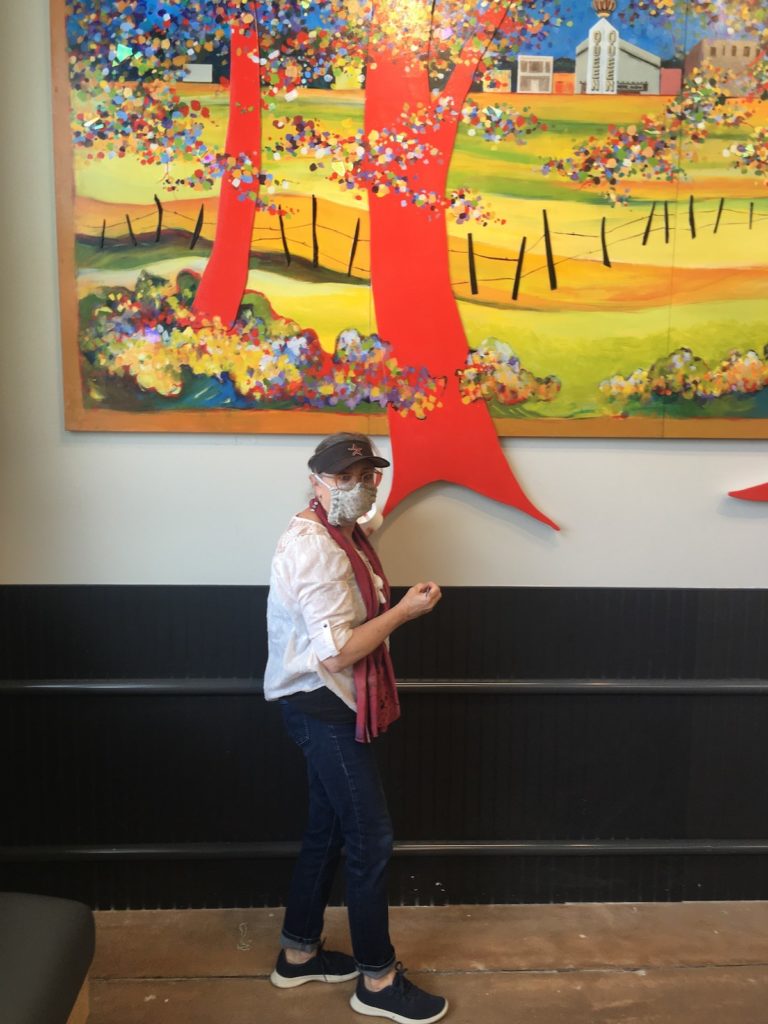
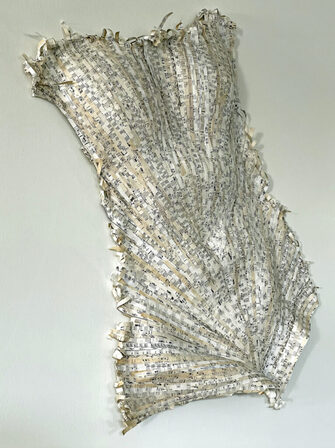
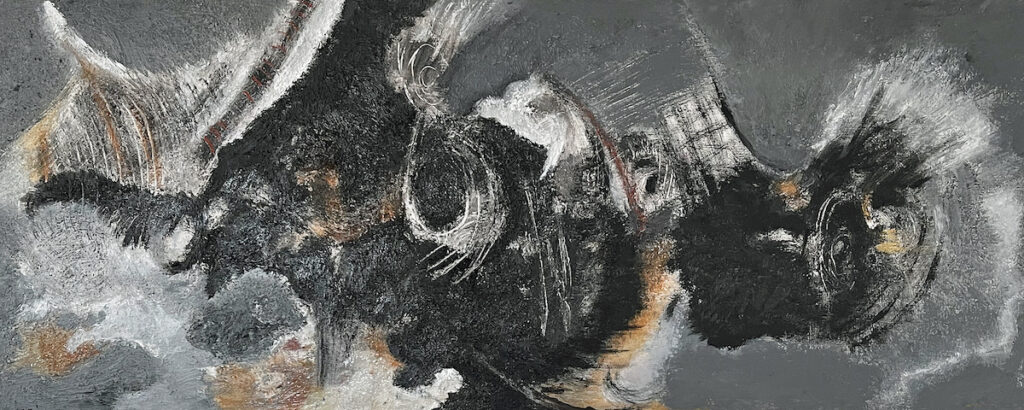
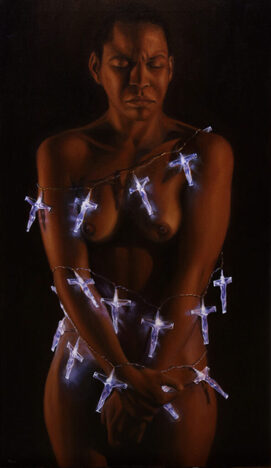
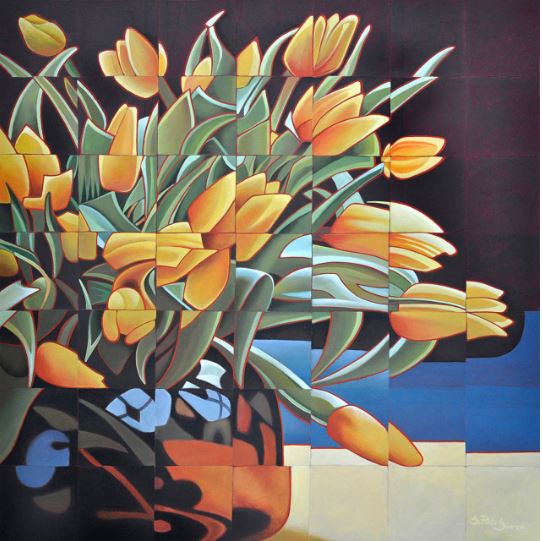
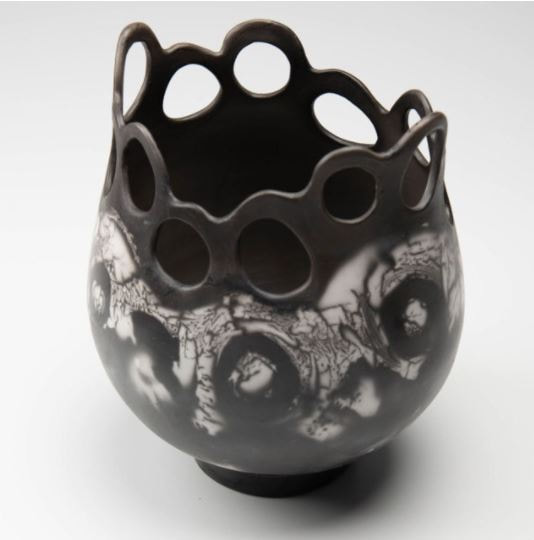
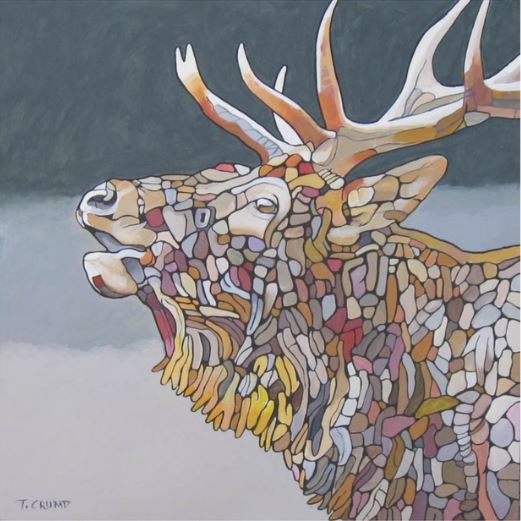
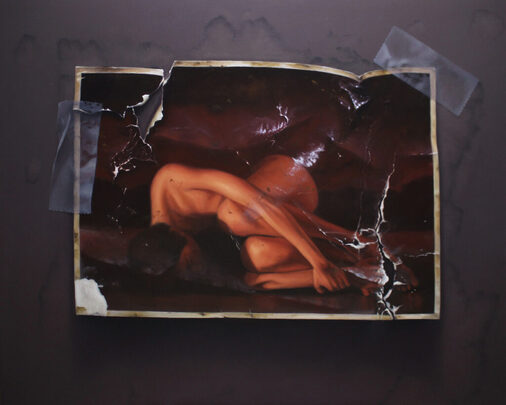
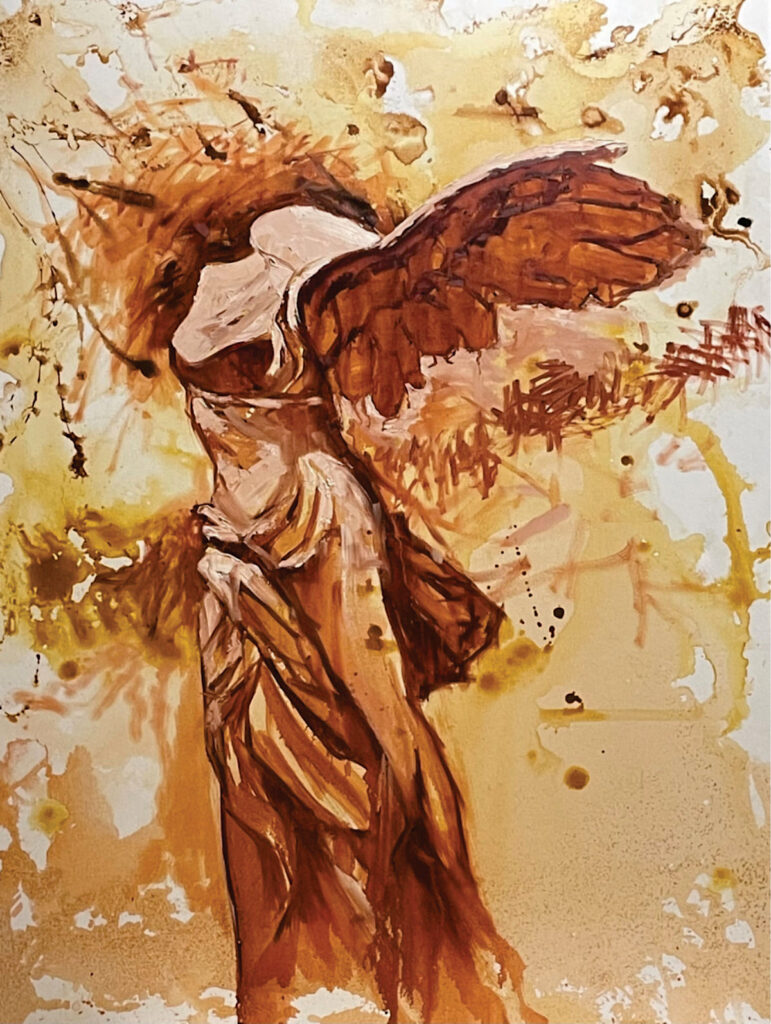

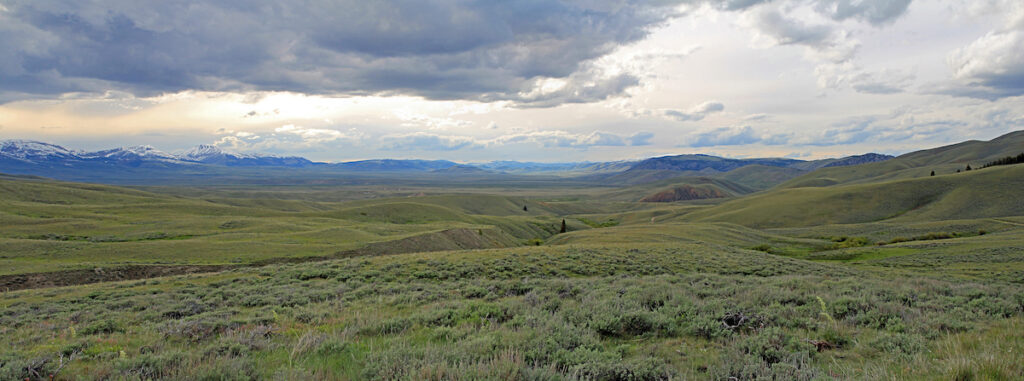
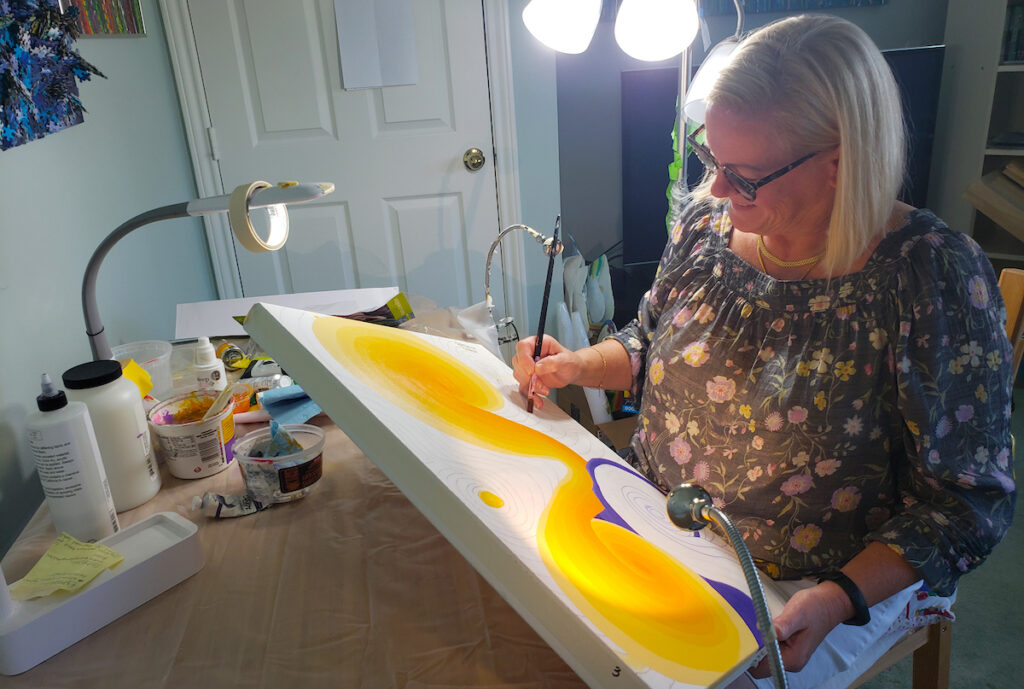
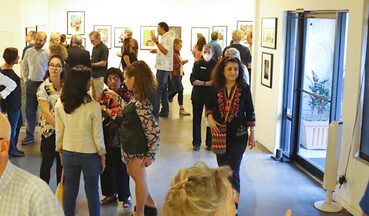
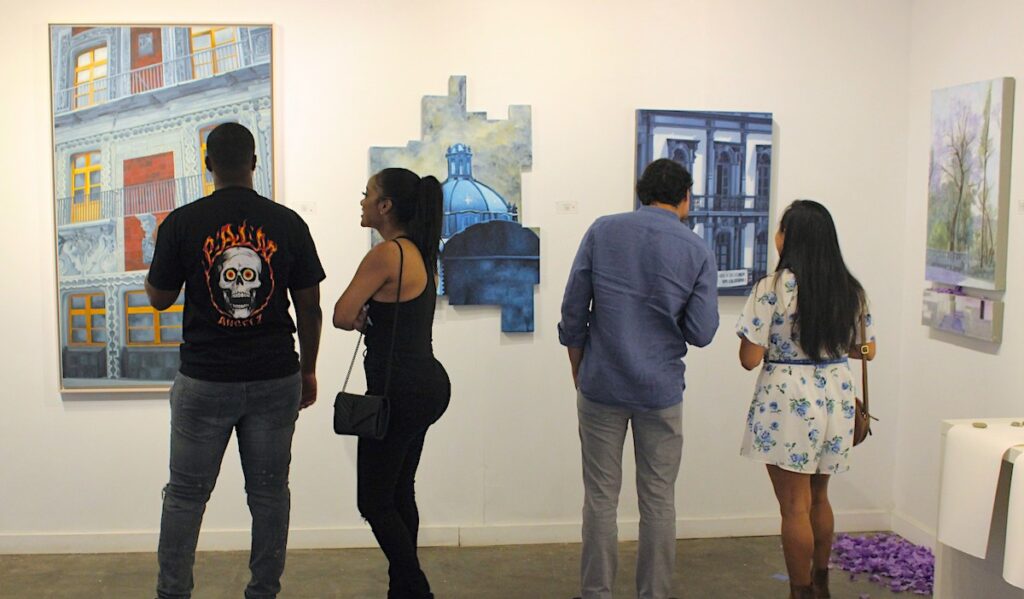
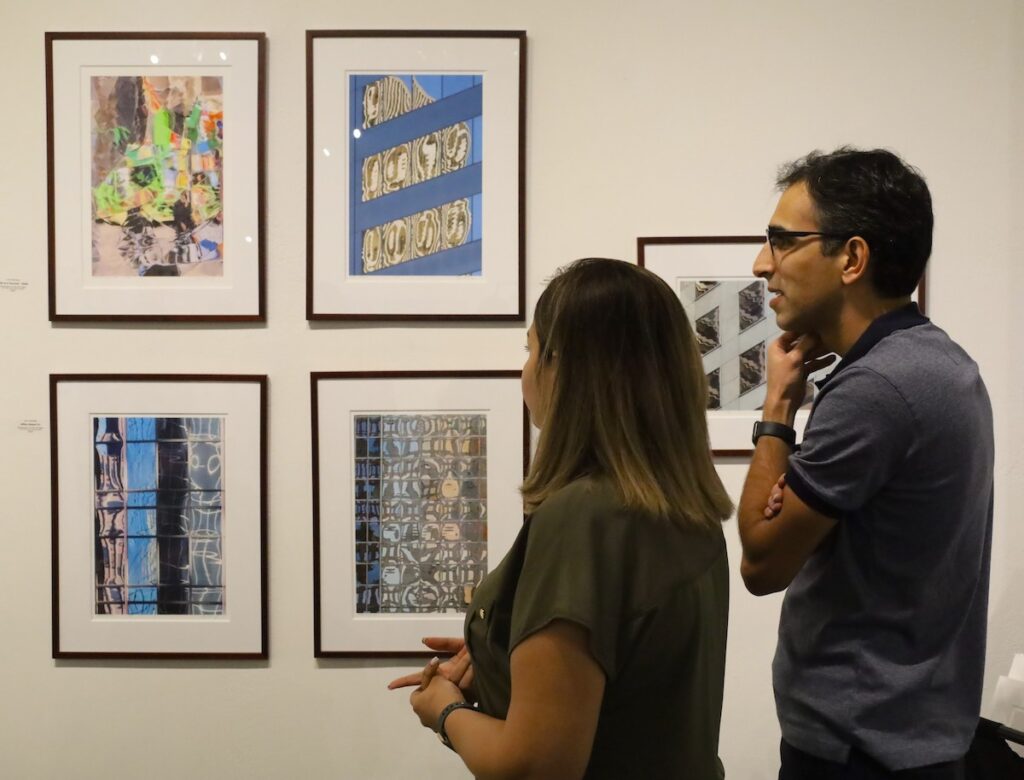
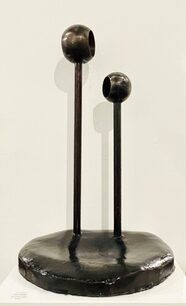
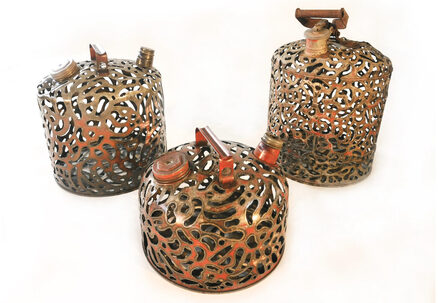
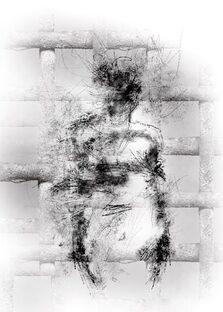
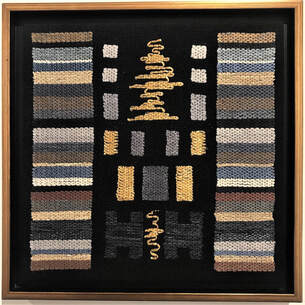
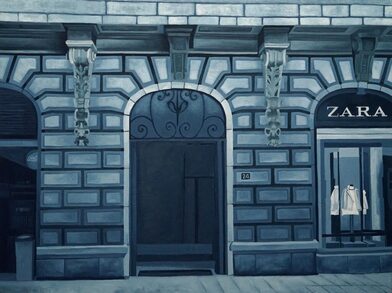

 RSS Feed
RSS Feed